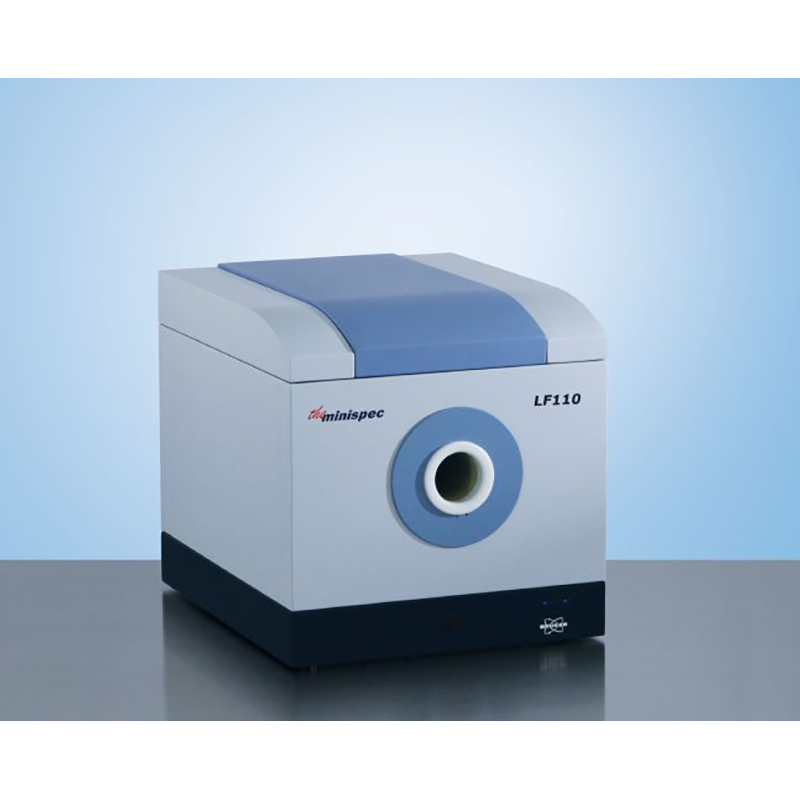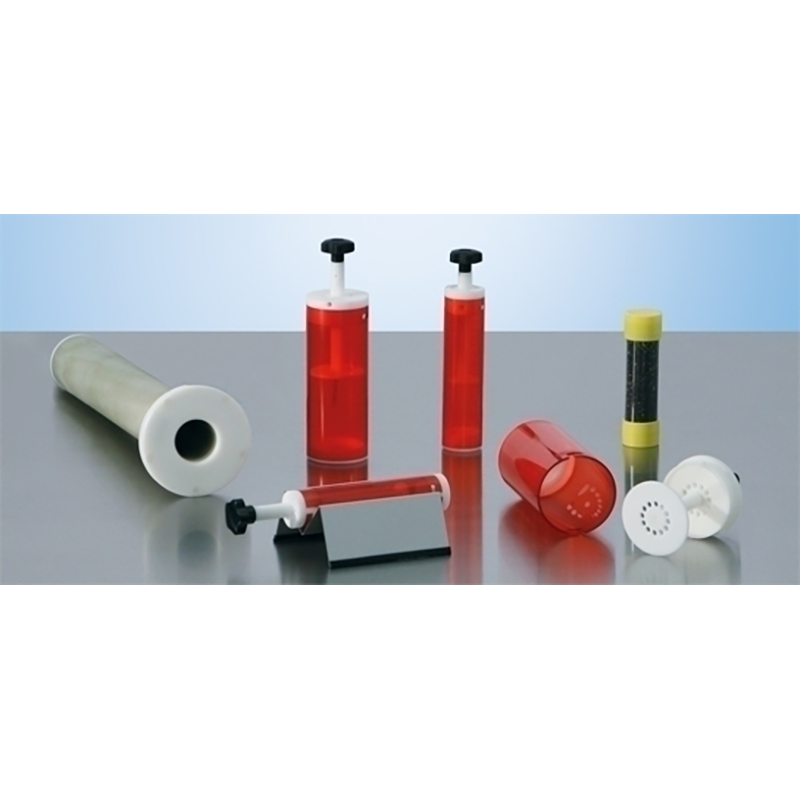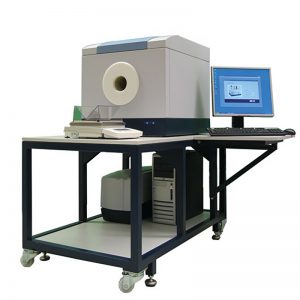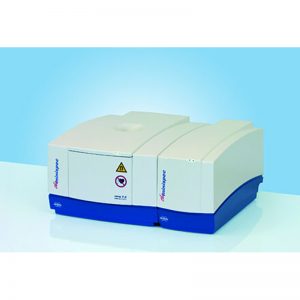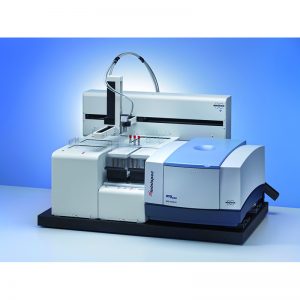Description
Probe-in-probe:
The LF90II and LF110 feature a unique probe-in-probe solution developed to measure small samples, like newborn rodents, biopsies and other samples with premium sensitivity. The sensitivity is directly related to both, the filling factor of the probe and the probes quality factor. Thus, both factors have been designed for optimal performance combined with ease-of-use.
Reduced animal stress:
The BCA application with the minispec minimizes the animal stress because anesthesia is not required. More importantly, the animal stress is further reduced by use of the minispec proprietary red restrainers. It has been proven by experiment that rodents move freely into the restrainers, due to their dichromatic color perception, while the animal can be monitored all time.
Body Composition Analysis of Mice and Rats
Bruker’s minispec Whole Body Composition Analyzer based on TD-NMR provides a precise method for measurement of lean tissue, fat and fluid in living mice and rats.
This body composition analyzer boasts a novel and striking key feature: Because the animal is carefully handled without using any anesthetics, a new standard for longitudinal studies has been established.
Since its first launch in the beginning of 2001, the minispec Live Mice Analyzer (LF50) has quickly gained market acceptance as a powerful, non-destructive and non-invasive mice analysis tool for characterizing, screening and mouse phenotyping in research laboratories. It has become the industrial standard for fat and lean measurement in live mice with installations in major pharmaceutical companies, diabetes and obesity research institutes and universities.
Nuclear Magnetic Resonance (NMR) methods are among the most useful non-destructive techniques of material analysis. Non-invasive examination of the body by means of NMR is extensive and has many useful applications, particularly with Magnetic Resonance Imaging (MRI) and Magnetic Resonance Spectroscopy (MRS). TD-NMR uses similar NMR technology, providing analysis of fat tissue, lean tissue and free fluid by the same physical selection rules that give rise to contrast in MRI. Tissue contrast is high between fat and muscle based on relative relaxation times.
The minispec Body Composition Analyzer is based on Time Domain NMR. It acquires and analyzes TD-NMR signals from all protons in the entire sample volume and can provide 3 components of interest: Fat, Free Body Fluid and Lean Tissue values.
This Magnetic Resonance technology provides researchers with the opportunity to make multiple measurements during the life of the animal with the following benefits:
- Rapid analysis: measurement takes less than 2 minutes, no sample preparation
- Economical procedures: no consumables, retain expensive lab animals for entire study
- LF50 for mice analyzes animals up to 60 g
- LF50H for mice analyzes animals up to 60 g
- LF90II for mice and rats analyzes animals up to ~ 700 g
- LF110 for mice and rats analyzes animals up to approximately 1 kg
- Reduced animal stress: no need for anesthetics; animals are measured “as-is”
- Allows more frequent testing, due to reduction of risks to animal health
- Better accuracy and precision compared to DEXA (X-ray) method

